





Sap commerce cloud to Nopcommerce
Migrating your store from Sap commerce cloud to Nopcommerce might seem daunting, but with proper planning and the right tools, it's a smooth process. Follow this step-by-step guide to ensure a successful transition.
Schedule a call
Step-by-Step Migration Guide: SAP Commerce Cloud to NopCommerce migration guide
Step 1: Pre-Migration Planning
In this initial step, we perform thorough planning to ensure a successful migration from SAP Commerce Cloud to NopCommerce, including assessing current data structures and defining migration goals.
Step 2: Data Backup and Security Review
Before any migration activity, we ensure all data is securely backed up and conduct a security review to safeguard sensitive information during the transition.
Step 3: Data Extraction from SAP Commerce Cloud
We extract data from SAP Commerce Cloud, ensuring all relevant information is pulled accurately and securely for migration to NopCommerce.
Step 4: Data Transformation for NopCommerce
After extraction, we transform the data to align with NopCommerce's structure, ensuring compatibility and integrity.
Step 5: Data Loading into NopCommerce
We carefully load the transformed data into NopCommerce, ensuring data integrity and proper configuration.
Step 6: Testing and Quality Assurance
We conduct thorough testing to ensure all data and functionalities are working correctly in NopCommerce before going live.
Step 7: Go Live and Post-Migration Support
We prepare for the go-live process and provide ongoing support to address any issues or adjustments needed after the migration.
Power Your Step - Get in Touch
Let us help you with your migration journey. Contact PowerCommerce for expert support in your SAP Commerce Cloud to NopCommerce migration.
Step 1: Pre-Migration Planning
Objective: The first step in our migration process involves comprehensive planning. This phase is crucial as it sets the groundwork for a successful migration from SAP Commerce Cloud to NopCommerce. We assess the existing data structures, identify migration goals, and outline the necessary resources.
The importance of this step cannot be overstated. Proper planning helps prevent data loss, minimizes downtime, and ensures all stakeholders are aligned with the migration objectives. We will delve into the specifics of data types to be migrated, dependencies, and the overall timeline, ensuring that every aspect of the migration is meticulously considered.
- Assess Current Data: Evaluate the existing data within SAP Commerce Cloud, including product catalogs, customer information, order histories, and any custom fields. Document the structure and relationships of this data.
- Define Migration Goals: Establish clear objectives for the migration process. Goals may include improved performance, enhanced user experience, or the addition of new functionalities that NopCommerce provides.
- Create a Migration Timeline: Develop a timeline for the migration process that includes key milestones, such as data extraction, transformation, and loading into NopCommerce. This will help in tracking progress and ensuring timely completion.
Technical Considerations: It’s essential to verify compatibility between SAP Commerce Cloud and NopCommerce. Ensure that the data formats are aligned and that no critical data will be lost in the transition. Additionally, consider which features will be utilized post-migration and if any custom development will be required.
Best Practices: Engage with stakeholders throughout this phase and communicate any potential risks or challenges. Document all processes and decisions to maintain clarity and reference during the migration.
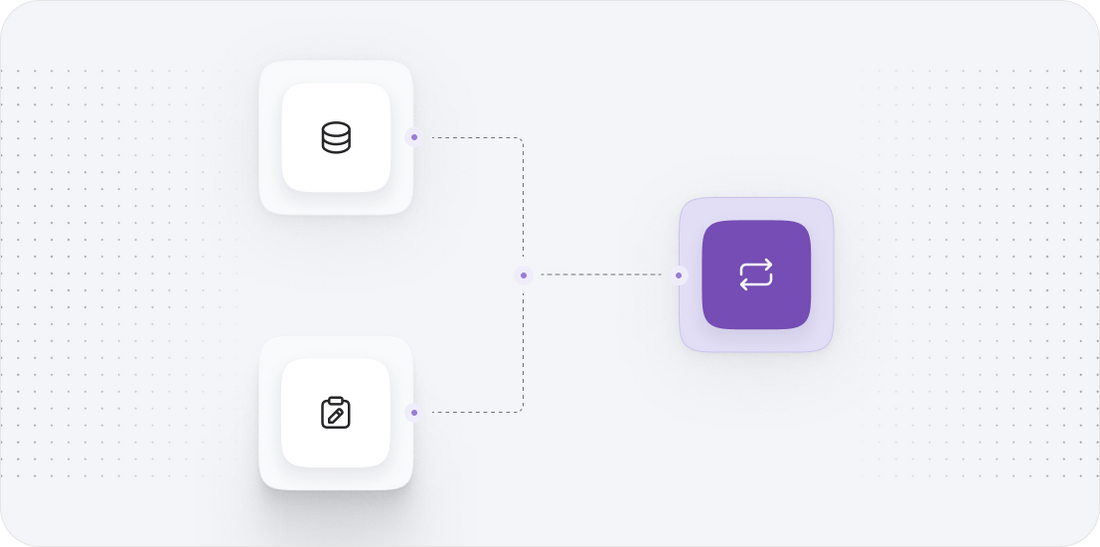
Step 2: Data Backup and Security Review
Objective: Before initiating the migration, we prioritize securing our data by creating comprehensive backups and conducting a thorough security review. This step is paramount to prevent any data loss and to ensure compliance with data protection regulations.
Backing up data serves as a safeguard against unexpected issues during migration. In the event of data corruption or loss, having a recent backup allows for easy restoration, thereby minimizing operational disruptions.
- Backup Procedures: Implement a data backup strategy that includes:
- Exporting all databases related to products, customers, orders, and any custom configurations from SAP Commerce Cloud.
- Storing backups in multiple locations, such as cloud storage and local drives, to provide redundancy.
- Ensuring backups are encrypted to protect sensitive information.
- Security Review: Conduct a security assessment to identify vulnerabilities in both SAP Commerce Cloud and NopCommerce. This includes:
- Reviewing access controls and permissions within SAP Commerce Cloud to ensure only authorized users can access sensitive data during migration.
- Identifying any compliance requirements that must be adhered to post-migration, such as GDPR for customer data.
Technical Considerations: Make sure the backup process does not interfere with ongoing operations. If feasible, schedule backups during off-peak hours to minimize impact on system performance.
Best Practices: Regularly test the backup and restore process to ensure data integrity and readiness. Document the backup procedure so it can be replicated if necessary.
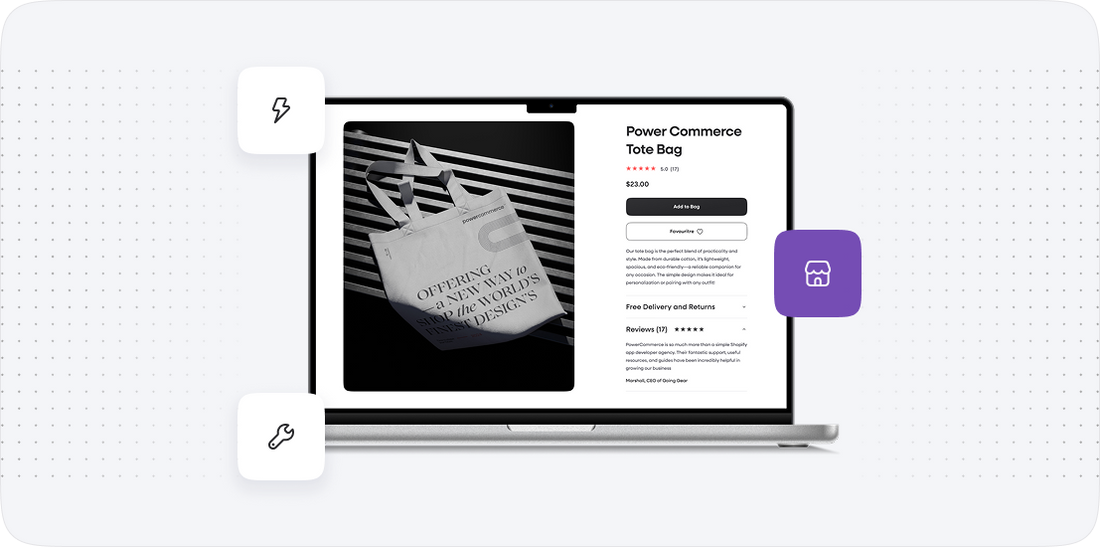
Step 3: Data Extraction from SAP Commerce Cloud
Objective: The next critical phase involves extracting data from SAP Commerce Cloud. This step requires careful execution to ensure that all essential data is accurately captured for migration.
Data extraction involves pulling various datasets, including product details, customer records, order histories, and any custom attributes or configurations specific to your business model. Ensuring the integrity of this data is vital for a smooth transition to NopCommerce.
- Data Types to Extract: Identify and extract the following:
- Product data: Including SKUs, descriptions, pricing, and inventory levels.
- Customer data: Names, addresses, purchase histories, and account settings.
- Order data: Completed, pending, and historical orders.
- Custom configurations: Any unique settings or custom modules implemented in SAP Commerce.
- Extraction Tools: Utilize appropriate tools and scripts to perform the extraction efficiently. Recommended tools may include:
- Database management tools (e.g., MySQL Workbench, SQL Server Management Studio) for direct database access.
- API calls to extract data programmatically if APIs are available.
Technical Considerations: Ensure that the extraction process does not impact the performance of SAP Commerce Cloud. This may involve scheduling during off-peak hours or using efficient data extraction methods to minimize load.
Best Practices: Validate the extracted data against the original records to ensure completeness and accuracy. Maintain a detailed log of the extraction process for future reference.
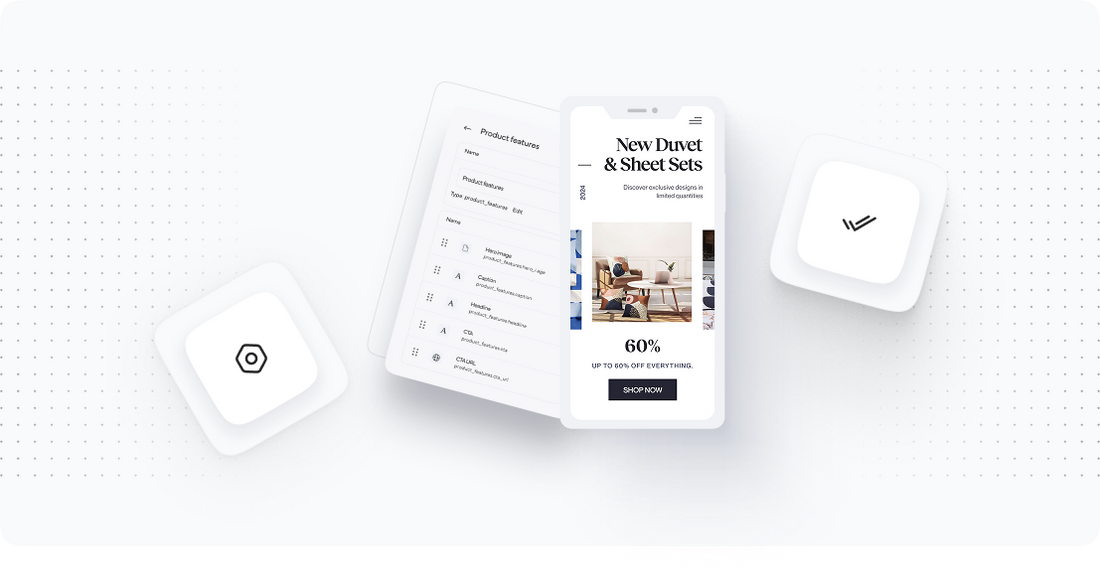
Step 4: Data Transformation for NopCommerce
Objective: Data transformation is a vital step where we convert the extracted data into a format compatible with NopCommerce. This ensures that all data is structured correctly and adheres to the specifications required by the new platform.
The transformation process includes mapping data fields from SAP Commerce Cloud to their corresponding fields in NopCommerce, making sure that no critical information is lost or misaligned.
- Mapping Data Fields: Create a mapping document that outlines how each data field corresponds from SAP to NopCommerce. For example:
- SAP Product ID maps to NopCommerce SKU.
- SAP Customer Email maps to NopCommerce Email Address.
- Data Format Conversion: Ensure that all data formats are compatible with NopCommerce. This includes:
- Converting date formats, such as changing YYYY-MM-DD to MM/DD/YYYY.
- Transforming currency values to match the currency settings in NopCommerce.
- Data Cleansing: Identify and rectify any inconsistencies or errors in the dataset, including:
- Removing duplicate records.
- Correcting formatting issues.
Technical Considerations: Utilize data transformation tools or scripts to automate this process where possible. Excel or database management tools can be helpful for smaller datasets.
Best Practices: Test the transformation process with a subset of data before executing it on the full dataset. This allows for adjustment of any issues that may arise.
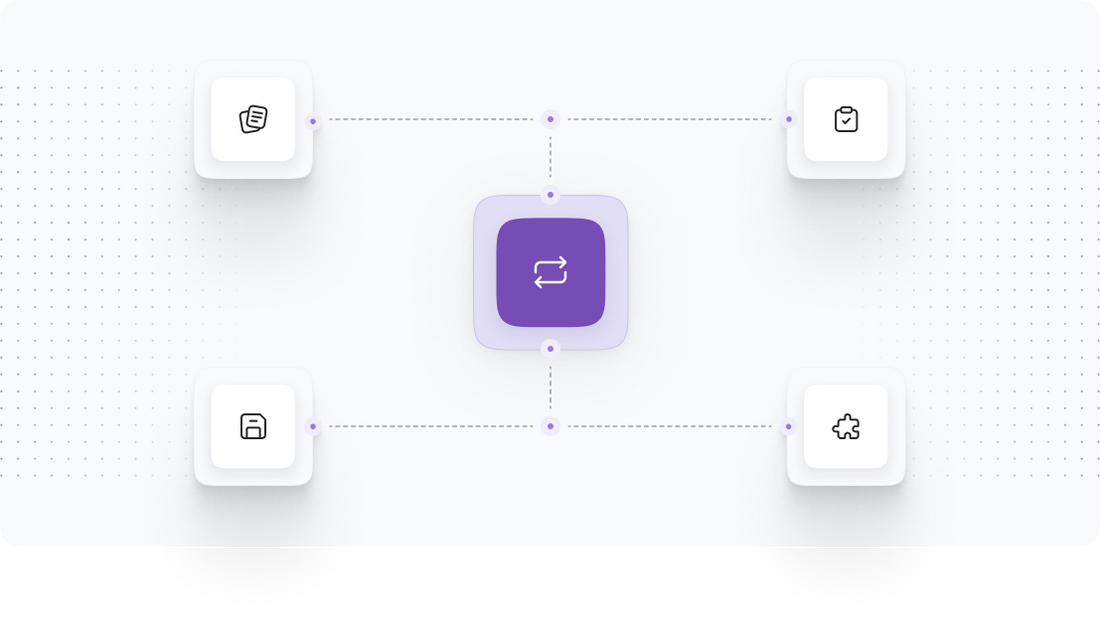
Step 5: Data Loading into NopCommerce
Objective: The loading phase involves transferring the transformed data into NopCommerce. This step is critical as it directly affects the integrity and usability of the data in the new system.
During this phase, we will utilize import tools and methods to efficiently load data, ensuring that all records are accurately reflected in NopCommerce.
- Loading Methods: Choose the appropriate method for loading data into NopCommerce:
- Using built-in import tools within NopCommerce for bulk data uploads.
- Utilizing APIs for real-time data input if applicable.
- Data Verification: After loading the data, it’s essential to verify:
- Check the completeness of the data loaded into NopCommerce.
- Ensure that all relationships between data entities (e.g., products and categories) are preserved.
Technical Considerations: Monitor the loading process for errors or failures. Implement logging mechanisms to capture any issues that arise during this phase.
Best Practices: Conduct a post-load review of the database to validate data integrity and perform tests on the storefront to ensure everything functions as expected.
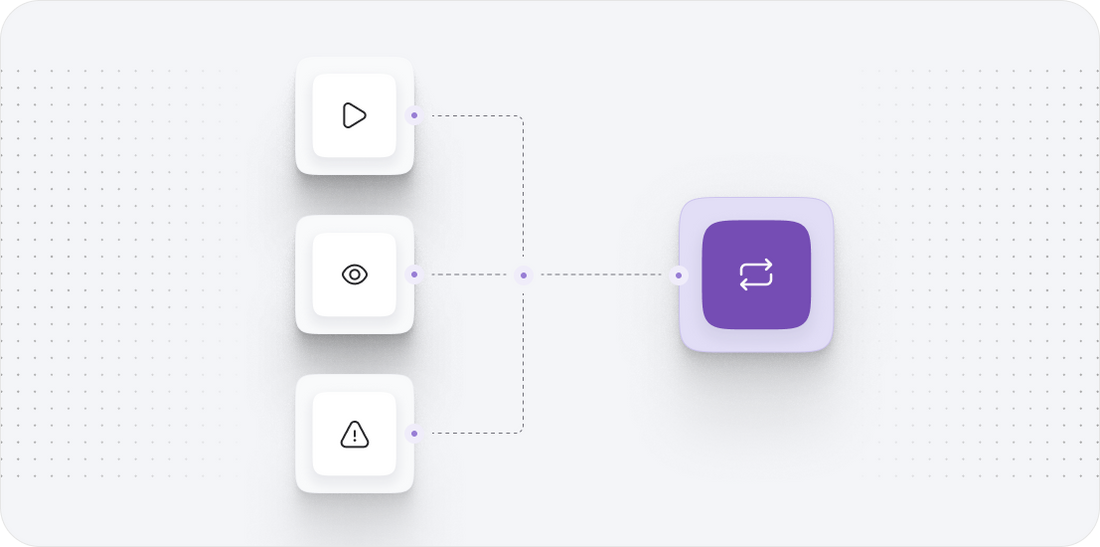
Step 6: Testing and Quality Assurance
Objective: Testing and quality assurance are vital steps to ensure that the migration was successful and that NopCommerce operates as intended. This phase involves conducting various tests to validate data integrity, functionality, and user experience.
By performing a series of tests, we can identify and rectify issues before the platform goes live, thus minimizing potential disruptions to business operations.
- Types of Testing: Implement the following tests:
- Data Validation Testing: Verify that all data has migrated correctly and is accessible and functional within NopCommerce.
- Functional Testing: Test all functionalities of the new system, including payment processing, order management, and customer interactions.
- User Acceptance Testing (UAT): Involve key stakeholders to test the system from a user perspective, ensuring it meets business needs and expectations.
- Feedback Collection: Gather feedback from users and stakeholders during testing to identify any areas that require adjustments or improvements.
Technical Considerations: Use automated testing tools where possible to streamline the process and enhance accuracy.
Best Practices: Document all testing procedures and results for future reference and compliance. Schedule time for re-testing any features that were modified based on user feedback.
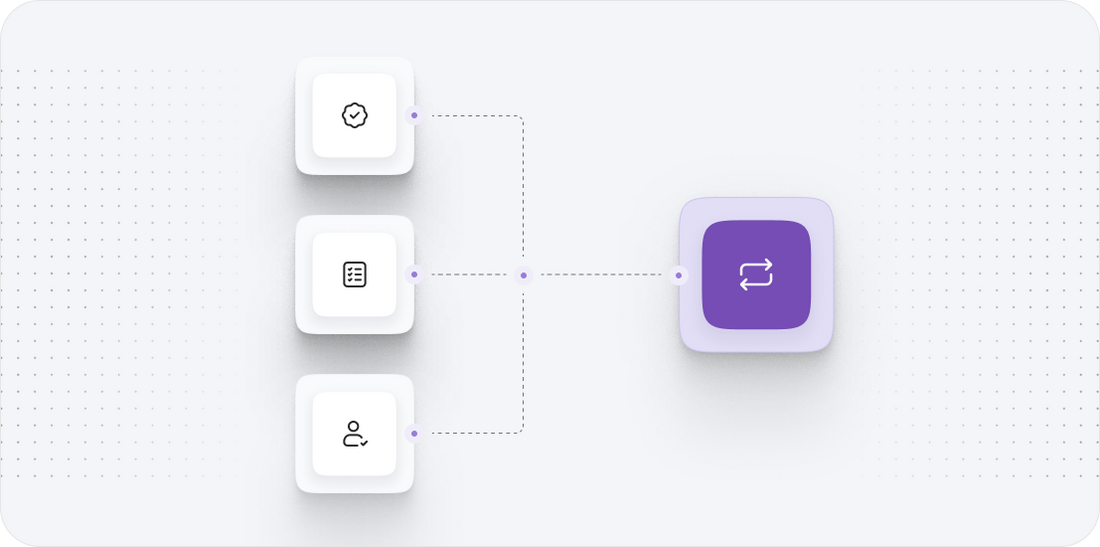
Step 7: Go Live and Post-Migration Support
Objective: The final step in our migration process involves the go-live transition to NopCommerce. This phase includes launching the new platform and ensuring that it operates smoothly while providing immediate support to address any issues that may arise.
Going live marks the culmination of our migration efforts, and careful execution is critical to avoid disruptions and ensure a seamless experience for users.
- Go Live Procedure: Prepare and execute the following steps:
- Switch the DNS settings to point to the new NopCommerce site, ensuring minimal downtime.
- Communicate the launch to all stakeholders, providing them with necessary information about the new platform.
- Post-Migration Support: Offer immediate support for any issues encountered post-launch. This includes:
- Monitoring system performance and user feedback closely in the initial days after launch.
- Providing technical support for troubleshooting issues and answering user inquiries.
Technical Considerations: Ensure that monitoring tools are in place to track site performance and user interactions, allowing for rapid response to any emerging issues.
Best Practices: Schedule a follow-up review after the first week of operation to assess the performance and gather feedback for further enhancements.
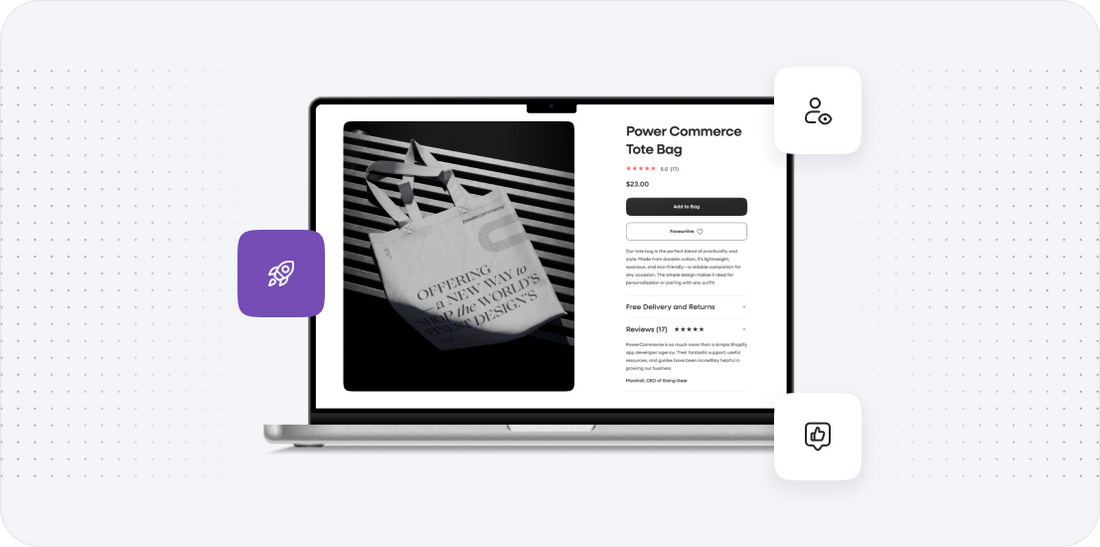
Power Your Step - Get in Touch
Ready to elevate your eCommerce experience? At PowerCommerce, we specialize in seamless migrations from SAP Commerce Cloud to NopCommerce, ensuring your online presence is optimized for success.
Contact us today:
- Visit our contact form to get started.
- Call us at 800-099-9090 for immediate assistance.
- Email us at info@powercommerce.com with your queries or project details.
Our team is committed to providing innovative, scalable solutions tailored to your business needs. Don’t wait--let’s power your eCommerce journey together!
Stay aligned on what's happening in the commerce world
Trusted by 1000+ innovative companies worldwide
Schedule Your Migration Today
For businesses prioritizing simplicity, scalability, and robust support, Shopify is the clear winner.
Looking to migrate without hassle? Power Commerce can handle the entire process, ensuring smooth data transfer, store setup, and post-launch success.
Marka Marulića 2, Sarajevo, 71000 BiH
00387 60 345 5801
info@powercommerce.com


